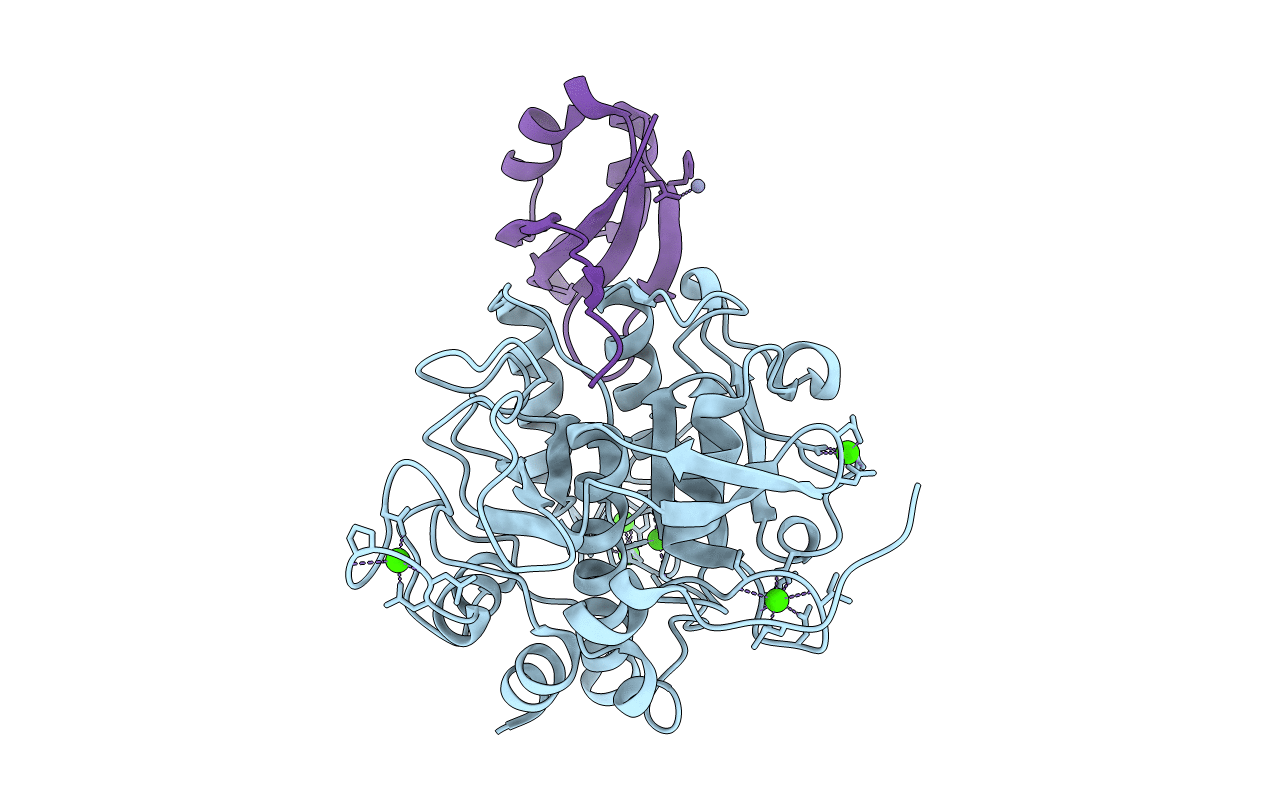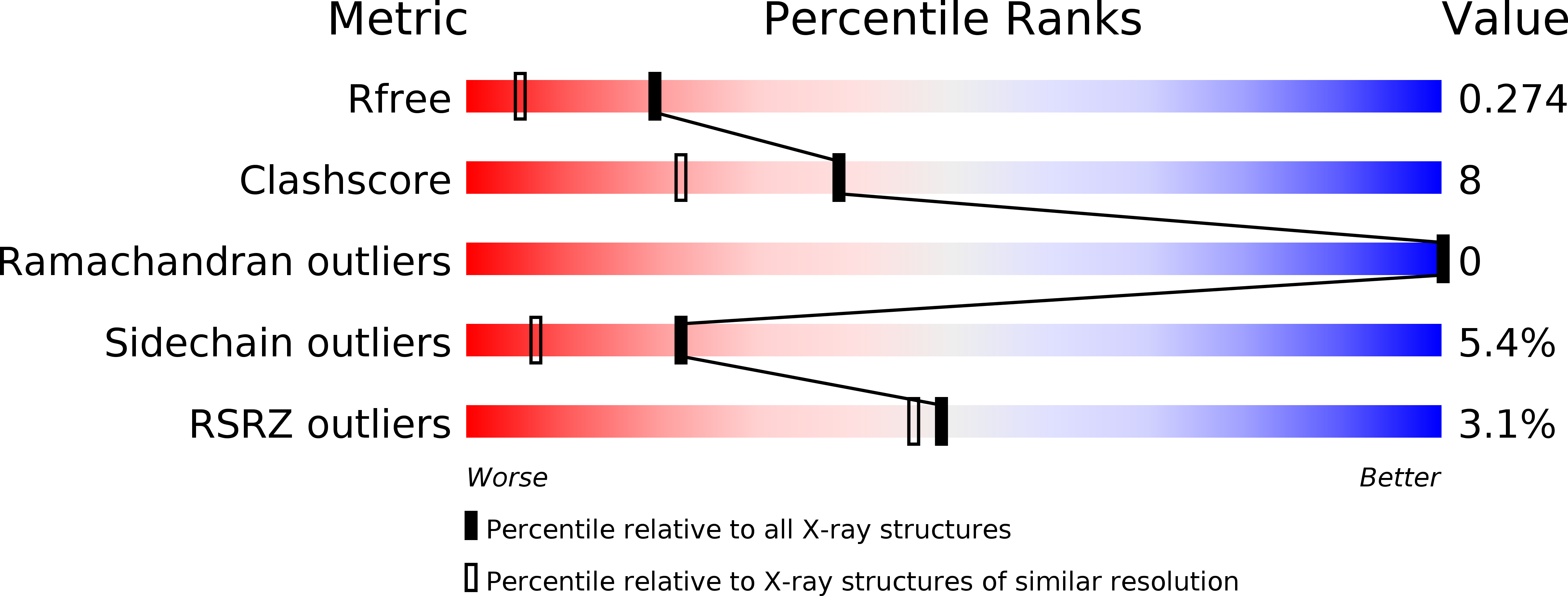
Deposition Date
2012-07-12
Release Date
2013-03-06
Last Version Date
2024-11-13
Entry Detail
PDB ID:
3VV2
Keywords:
Title:
Crystal structure of complex form between S324A-subtilisin and mutant Tkpro
Biological Source:
Source Organism:
Thermococcus kodakarensis (Taxon ID: 69014)
Host Organism:
Method Details:
Experimental Method:
Resolution:
1.83 Å
R-Value Free:
0.26
R-Value Work:
0.21
R-Value Observed:
0.22
Space Group:
P 21 21 21


